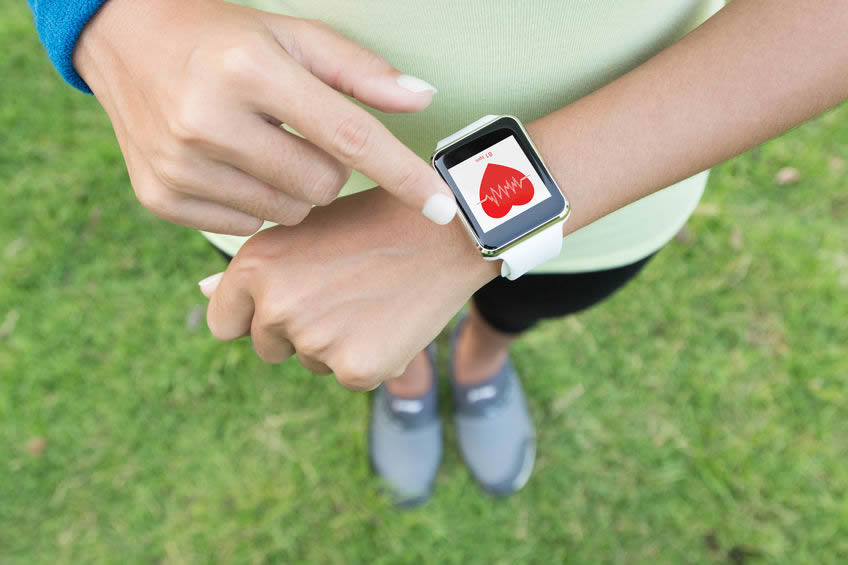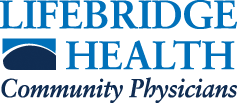 Most people think of exercise as a way to keep cholesterol under check and to assist with weight loss. While exercise without weight loss has little influence on total or LDL cholesterol, research indicates that aerobic exercise does seem to change the type of LDL that the body produces. Small, dense LDL is very atherogenic. People who exercise regularly produce LDL that is larger and lighter and less likely to form plaque.
Most people think of exercise as a way to keep cholesterol under check and to assist with weight loss. While exercise without weight loss has little influence on total or LDL cholesterol, research indicates that aerobic exercise does seem to change the type of LDL that the body produces. Small, dense LDL is very atherogenic. People who exercise regularly produce LDL that is larger and lighter and less likely to form plaque.
HDL or good cholesterol may have antioxidant properties. It protects people from heart disease because of its role in reverse cholesterol transport. Reverse cholesterol transport is the transfer of cholesterol in LDL and VLDL to HDL, which takes the cholesterol to the liver so that it is not deposited in artery walls. Exercise affects several enzymes involved in the process to facilitate reverse cholesterol transport.
Exercise, weight loss and smoking cessation are three commonly promoted methods of increasing HDL. The amount of exercise performed by the 20% of Americans who do engage in physical activity, however, is probably insufficient to cause a significant increase in HDL. Some studies suggest that it takes a caloric expenditure of approximately 2000 calories per week to raise HDL. This would be equivalent to walking 20 miles per week or biking 60 miles per week. The advice that exercise will increase HDL, especially in the short term, can be very misleading. Many people who take up exercise, go on a low-fat diet and lose weight will actually see a lowering of HDL. This can be very discouraging unless they realize that there are other cardiovascular benefits from exercise such as a decreased risk of diabetes, lower blood pressure and less chance of irregular heartbeats. In addition, if weight is lost with exercise, the lower HDL is not as much of a concern and will usually begin to come back up after several months.
Collateral vessels can develop in hearts where arteries are blocked with plaque, creating a “natural bypass” of the artery. This is beneficial for maintaining the oxygen supply to the heart muscle. Exercise improves the ability of the heart’s blood vessels to dilate and causes more blood vessels to develop. As blood vessels dilate easier, the oxygen supply to the heart is enhanced. This increases the angina threshold in people who get chest pain with exercise so that more work can be done before the pain occurs.
Although the direct effect of exercise on the lipid profile has been overstated, the bottom line is that exercise is one of the most important things one can do for the cardiovascular system. In fact, the American Heart Association lists lack of physical activity as a major risk factor for heart disease, with equal importance to high cholesterol, cigarette smoking and high blood pressure.
By Nancy Kennedy, MS, RD.
© Food and Health Communications
Woodholme encourages a healthy diet and proper nutrition as one aspect of maintaining heart health. The nutrition information and recipes are presented for informational purposes only and are not intended to take the place of one-on-one advice from your doctor. Please follow your personal physician’s recommendations if any recipes, ingredients, or advice found here conflict with what your doctor

